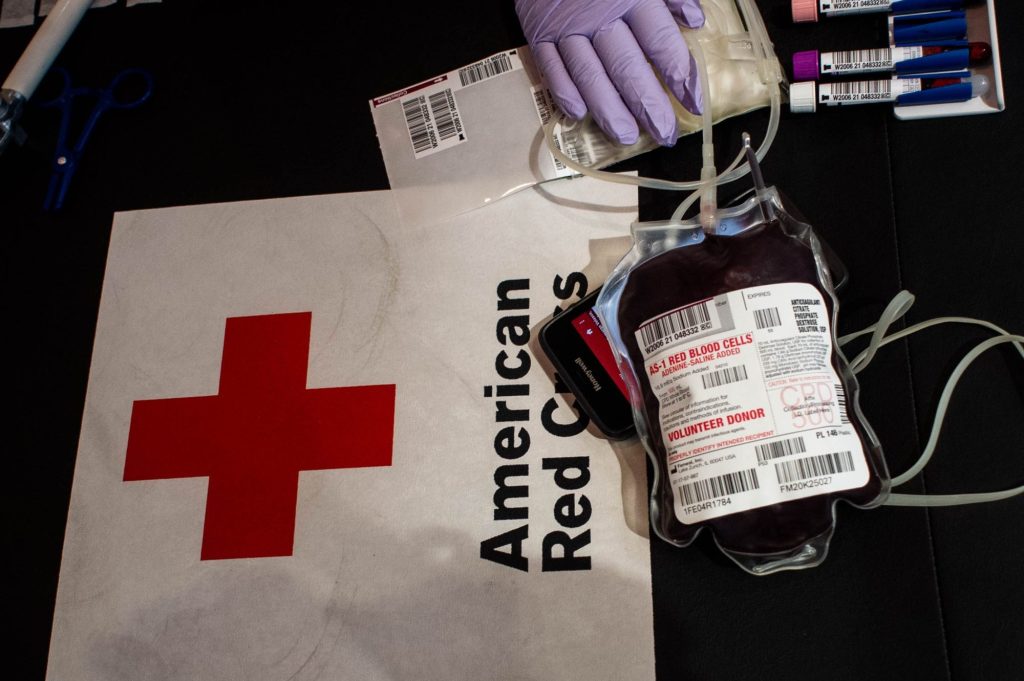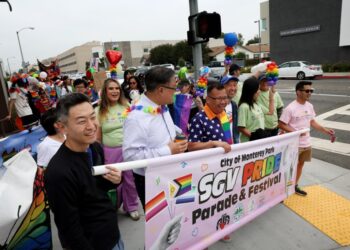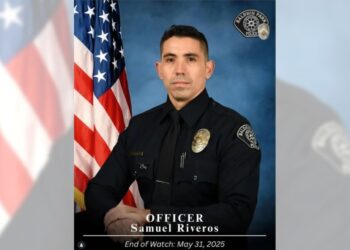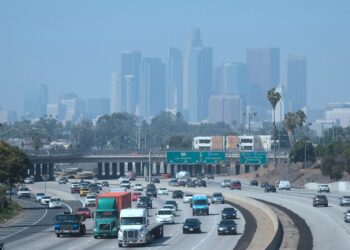Many individuals from the LGBTQ community in Southern California remember getting the letter. The one that said they were prohibited from donating blood for life.
“Yeah, I was banned about 15 or 20 years ago,” said Frank Guzman on Feb. 21, a gay man who is president, co-founder and executive director of the Pomona Pride Center. “I went in with the intention to donate blood. I filled out a questionnaire and they said, ‘We don’t allow individuals who are gay to donate’.”
On Jan. 27, the U.S. Food and Drug Administration (FDA), which oversees the nation’s blood supply, issued draft guidelines that would allow gay men in monogamous relationships to donate blood. The proposal is aimed at increasing the number of potential blood donors and upping supplies while maintaining a safe product.
Many see it as an attempt to ease blanket restrictions that were placed during the 1980s AIDS epidemic on those who faced a potentially higher risk of spreading HIV.
The draft would do away with a requirement for men who have sex with men to abstain from sexual activity for a minimum of three months before being allowed to give blood. Instead, all potential donors would be screened with a new questionnaire that evaluates their individual risks for HIV based on sexual behavior, recent partners and other factors.
“We feel confident that the safety of the blood supply will be maintained,” FDA’s Dr. Peter Marks told the Associated Press.
While the draft rule was supported by the Los Angeles County Board of Supervisors in a letter to the FDA on Feb. 7, it has raised questions and more opposition than support from the LGBTQ community, who say the FDA proposal doesn’t erase the stigma placed on potential gay blood donors and retains decades-old bans based on sexual orientation alone.
One of those questions is whether those who received deferral letters banning them for life from giving blood will be allowed to donate under new guidelines. The issue was raised last…
Read the full article here







